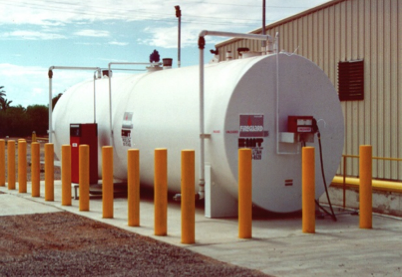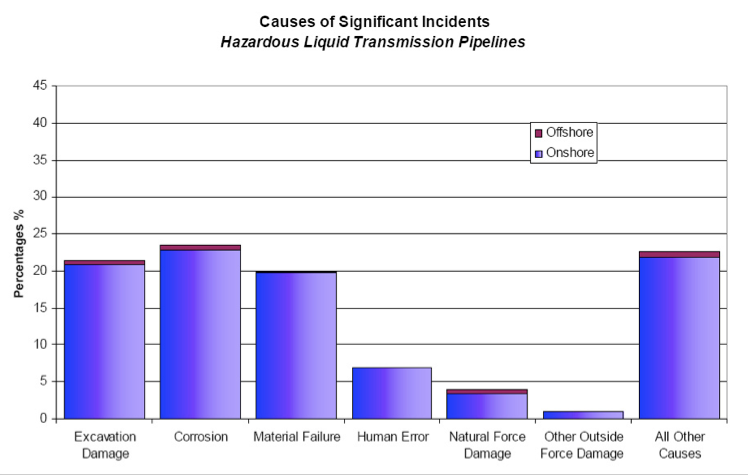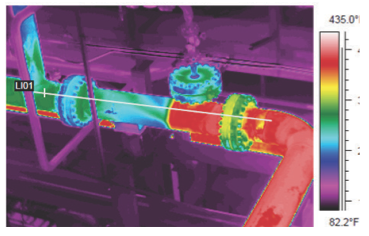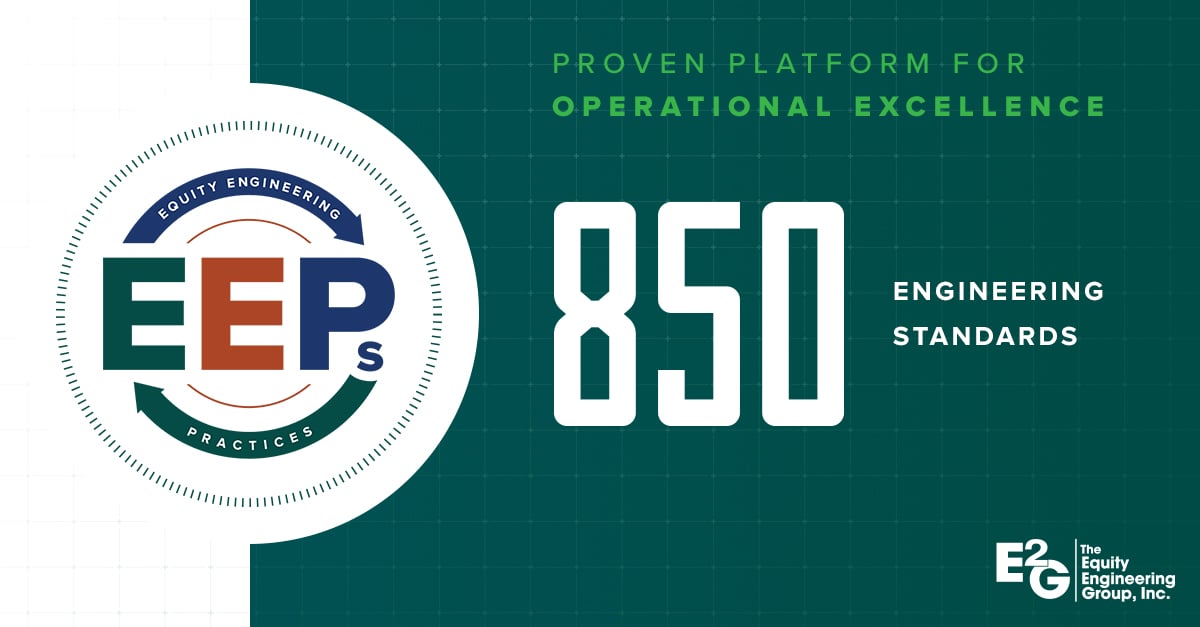
| Date | July/August 2013 |
| Volume | 19 |
| Issue | 4 |
| Return to Journal Index | |
July/August 2013 Inspectioneering Journal Article Index
Remote metallography, in-place metallography, in-situ metallography, and field replication are all examples of typical trade names of this great tool used for assessing the condition of a metal component.
As discussed in the May/June issue of Inspectioneering Journal, some involvement with legal issues is inevitable for individuals and companies in the refining, manufacturing, transportation, and energy industries.
I joined Inspectorate in 1988 as Vice President of Gulf Coast Operations in the Oil and Petrochemical Division. I held that role until 1995 when I was appointed Vice President of U.S. operations.
Whether you decide for a Computed Radiography scanner with flexible imaging plates or a flat panel detector with the fastest imaging, or even combine the advantages of both technologies, DÜRR NDT's innovative systems offer high reliability and...
IÂ have written numerous technical articles addressing how to improve your fixed equipment mechanical integrity (FEMI) program. This time I will deviate from the FEMI technologies and methodologies to address a topic that may be equally...
Non-contact ultrasonic testing with EMAT was formally introduced in part one of this series found in the March/April issue of Inspectioneering Journal. Readers were introduced to the practical advantages of EMAT Ultrasonic Testing.
Each year about 14,000 oil spills are reported, according to the EPA. It is estimated that there are 618,000 facilities that are regulated under EPA SPCC in the United States.
Inspection and fitness-for-service assessments of critical in-plant piping systems are a concern for the chemical industry. This presents a potentially insurmountable task and discovery of a number of areas where the condition is at risk.
The Process Safety Management Rule (29 CFR 1910.119 - PSM) has long been recognized as a collection of interdependent requirements. In recent reviews of PSM programs by OSHA, it has been shown that two of the most cited elements in agency audits...
Who at your facility owns injection point hardware? Typically, injection point hardware falls into the Gray Zone.

























